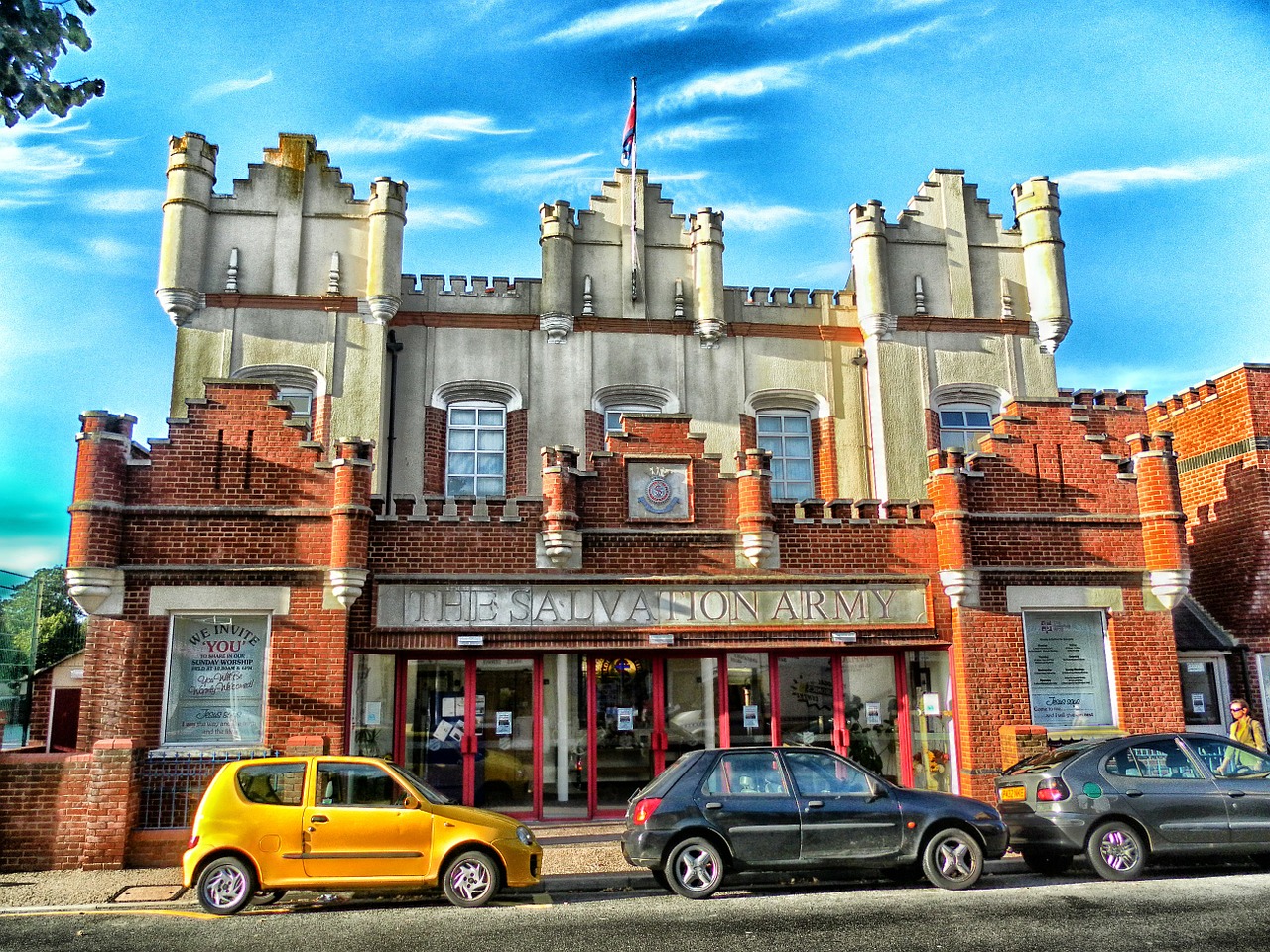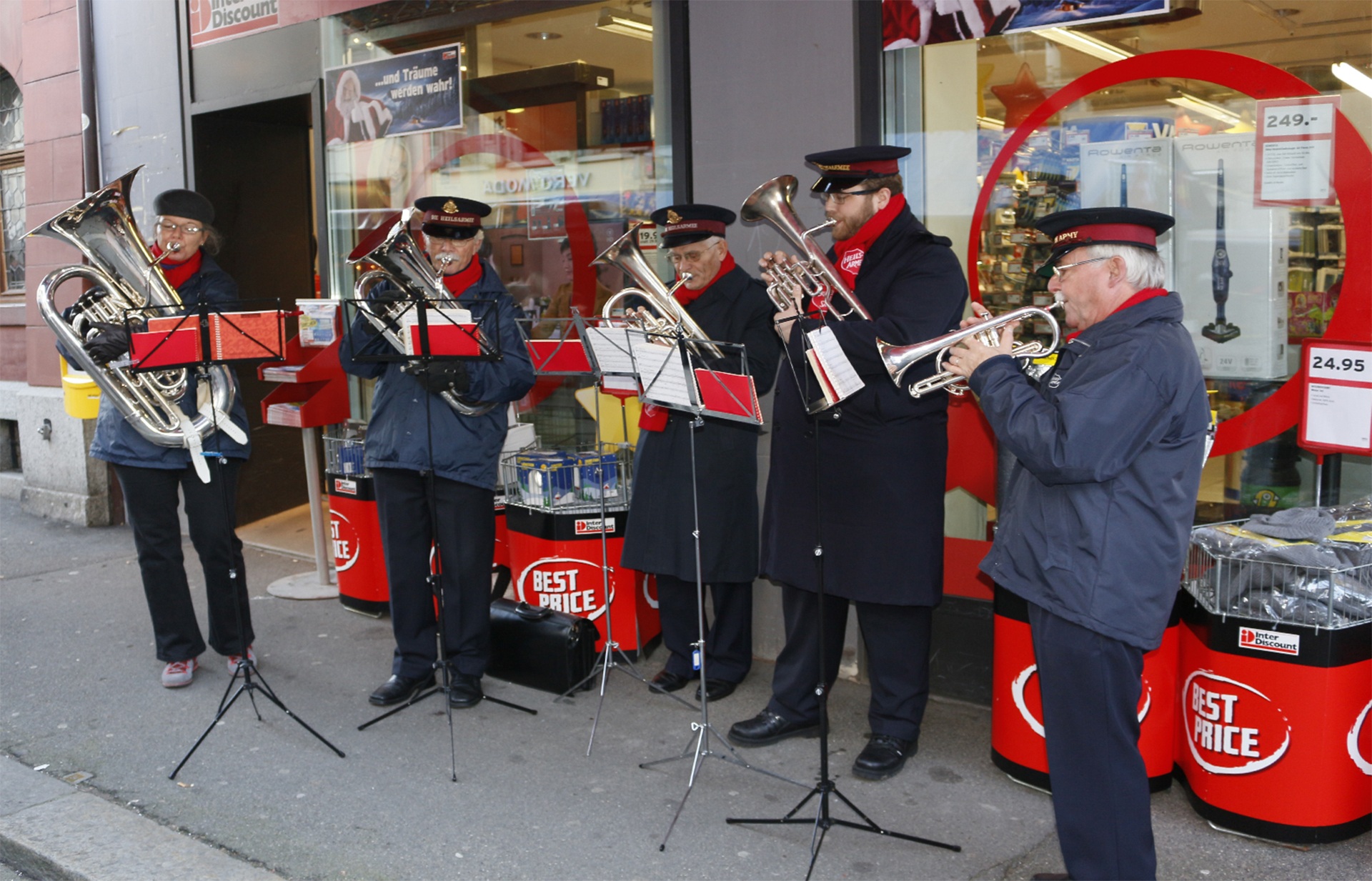One of the most famous religious charities does have a homophobic past, but is the Salvation Army still anti-gay?
As Christmastime nears, it won’t be unusual to see a charity collection for the Salvation Army. Usually, the collection bucket will be accompanied by a Santa, replete with Red costume and a thick, but fake white beard. However, before you offload your change into the bucket, you should be fully aware of the charity’s past policies and what it’s doing about them now.
First and foremost, it must be understood that the Salvation Army is a religious charity, with its roots firmly embedded in Christianity. Many if not all of its policies, past and present, will have been formed from the Christian belief system.
In 2019 the Charity said that it wanted to a atone for its anti-gay past and said that it now “better understands” the LGBT+ community.
Did the Salvation Army support the homophobic and anti-gay Section 28 and Section 2A?
The Salvation Army’s history is dogged with anti-gay and homophobic stories, including its support of the much-loathed and criticised Section 28 in the UK. In February 2000 it actively opposed the repealing of the homophobic bill. It wrote a letter to the then Scottish First Minister, Donald Dewar to say that it thought that repealing Section 2A (Scotland’s version of Section 28) could “potentially be harming both children and the family unit”.
It added, “feel the floodgates could be opened, ultimately causing great hurt to both parents, teachers and our children. We are also very aware of the increasing pressures on young people to experiment with heterosexual sex at a younger age, without the additional pressure of self-questioning regarding homosexual sex”.

More recently, in 2012 when the Australian Salvation Army chief suggested that gay people should be put to death and in 2014 when it was alleged that the US arm of the charity refused to help shelter a homeless transgender woman.
The charity was also known to forbid gay people from serving as officers unless they remained celibate. In 2016 the UK’s Army chief said that he defended this policy. Even Paul O’Grady was forbidden to wear the Army’s uniform and told, “you could volunteer for us, you could come to our church services. If you want to become a soldier in the Salvation Army, you have to commit to what we believe.”
In 2017 the Amry was embroiled in a legal dispute against the NYC Commission on Human Rights because rehabs in New York had refused to serve transgender people.
So what’s changed and is the Salvation Army still homophobic?
Last year, the charity’s communications director David Jolley said that these were all “isolated incidents” blaming the size of the organisation the number of people involved for incidents that “do not represent our values and service to all people who are in need”
Jolley added, “If anyone needs help, they can find it through our doors”.
He then added that the organisation had “evolved” saying, As we’ve better understood the needs of the LGBTQ+ community, we’ve evolved our approach.”
“As we build and remodel emergency shelters and transitional housing across the country, we consider ways to help LGBTQ+ individuals feel safe and cared for,
“We also have specific programs and resources across the country, such as a dorm in Las Vegas that is exclusive for transgender individuals, a detoxification facility in San Francisco that caters to those infected with HIV/AIDS, and our work in Baltimore to meet the needs of transgender individuals who are trafficked.”
How many LGBT+ people does the Salvation Army help?
According to a statement provided by the Salvation Army, they reckon that 40 per cent of the people they provide services to, identify as gay or transgender.
In a statement to news channel CBS11, Commissioner David Hudson, National Commander of The Salvation Army said,
“Regardless of race, ethnicity, sexual orientation or gender identity, we’re committed to serving anyone in need.
“Every day, we provide services such as shelter for the transgender community and resources for homeless youth – 40 per cent of whom identify as gay or transgender.”
However, that statistic was later discovered to be referring to the overall homeless population rather than the actual number of LGBT+ people helped by the charity.
The charity has not made it clear how many LGBT+ people it helps across all its branches and locations.
It opened a space for homeless LGBT+ people
In Canada, in 2018, the Salvation Army actually opened a new space for homeless LGBT people. The space was in Winnipeg and had 15 rooms and was trialled for one year.
“We welcome and serve people regardless of sexual orientation”
In the UK, the charity’s own website includes a statement on its LGBT+ policies, it says, “In the United Kingdom, The Salvation Army is made up of thousands of people who worship, work, volunteer, donate and serve together every week. This includes many people who are LGBT+. We welcome and serve people regardless of sexual orientation or gender identity, race, religion and ethnicity.
“Our employment practices are non-discriminatory and we seek to create welcoming, nurturing work environments.
“The Salvation Army finds no scriptural support for demeaning or mistreating anyone for any reason. People who come to The Salvation Army for help will receive assistance based solely on their need and our capacity to serve.”

